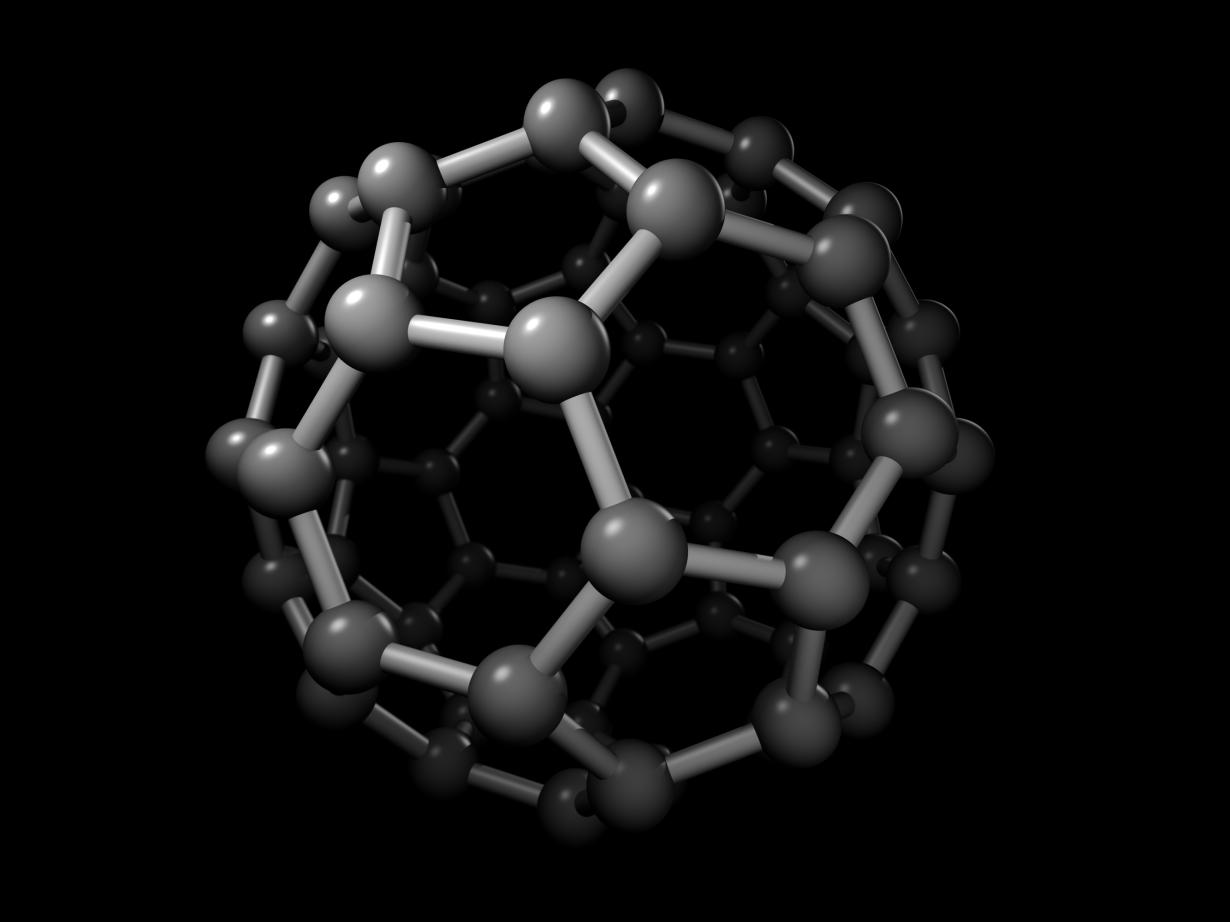
Carbon
Activities and Programs

Exploring Materials - Graphene

Nobel Winning Experiment

Balloon Nanotubes (Giant Hanging Model)

Balloon Nanotubes Tabletop

Forms of Carbon

Nanotube Models

Exploring Nano & Society - Space Elevator

Exploring Structures - Buckyballs

Exploring Properties - Heat Transfer

Nanotechnology: Small Science, Big Deal!
Presentations and Stage Programs

World of Carbon Nanotubes Stage Presentation and Posters

The Future of Computing

Tiny Solutions to Our Big Energy Problem
Build a Giant Carbon Nanotube Exhibit

Nano Mini-Exhibition

Nano Mini-Exhibition host resources
Scientific Images and Molecular Models

Scientific Image - Buckyball models

Scientific Image - Diamond models

Scientific Image - Nanotube models

Scientific Image - Graphene models

Scientific Image - Graphite models

Scientific Image - Graphite Flakes

Scientific Image - Multiwalled Carbon Nanotube Yarn

Scientific Image - Singlewalled Nanotube Paper

Scientific Image - Multiwalled Carbon Nanotube Yarn

Scientific Image - Nanotubes Mimicking Gecko Feet
Energy Use and Climate Change

Energy

Climate Change

Air Quality


